Lindegas and CoNet teamed up to pull off the software migration for two large nitrogen compressors in the Lindegas-plant in IJmuiden. Everything was nicely done within the set time limit and budget, in conformity with the CSIA-protocol. “That is exactly how a project should be carried out”, according to the principal.
Raw material for the Lindegas-plant at the Tata-site in IJmuiden is very easy to obtain. It’s just a matter of sucking in air, and then carefully separate the gases herein by means of a controlled and safe process into oxygen and nitrogen especially. Further into the process the liquified air components are pressurized to 18 bar. Ready to be transported to the two biggest clients: Tata Steel and Gasunie. Building up pressure is done in part by the two compressors subject of this project. Mathieu Smit, Lindegas’ project engineer, and Jeroen Weemhoff, project manager for system integrator CoNet, were in charge of migrating these two large nitrogen compressors.
It was migration towards Siemens PCS7, the user friendly – according to experts – integrated control and security software by Siemens. The focus lay on the five week period in which the CoNet programmed software was tested in simulations (Factory Acceptance Test, or FAT). After the software and security measures were approved, the software was implemented in the existing PCS7-system. Next the I/O- and object tests, including security measures, were carried out while the compressor was not in operation. Finally, an operational test was conducted (Site Acceptance Test, or SAT).
“But the job that probably is the most important part of it all had already been done: the preparations”, says Smit. “After the tendering process was completed, I drafted the Piping and Instrumentation Diagram (P&ID).” Based thereon Weemhoff formulated the Functional Design Specifications. “I then used those to start programming”, he tells us. “This is to make sure the process to get to 18 bar is well managed and also that the compressor is secured at certain levels of vibrations for instance. As a programmer I have sufficient process technical knowledge to be able to translate process to programming. But it was a real asset to have a project engineer on the Lindegas side who also knew a lot about programming. In his P&ID he didn’t demand the impossible and it was clear that he knew what he was talking about, that made our cooperation a lot easier of course.”
Smit continues: “Another very important factor for the project’s smooth progress was the structured approach to it. First of all, the scope had been very well established. Next, we set up an internal kick-off, then an external one where we also told the principal, Linde Production in this case, about the plans.” Weemhoff: “The project was then carried out according to the V-model, with validation and feedback after every step. We drafted and executed the FAT- and SAT-protocols in accordance with the requirements that were established and organized the feedback. We also made sure that all knowledge was secured and that all of the documentation was made available to the operators.”
“For the client, Lindegas Production, this project sets an example of how things should be done”, Smit concludes. Weemhoff: “It is with good reason that we are now Lindegas Benelux’ preferred supplier for the PCS7-system and that we also have been contracted to carry out the 24/7 and preventive service.”
